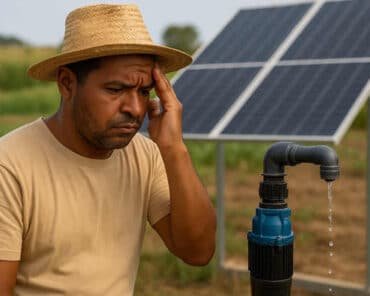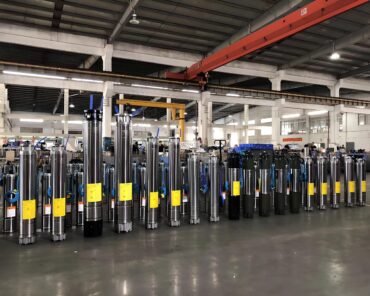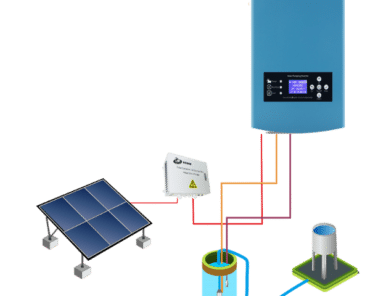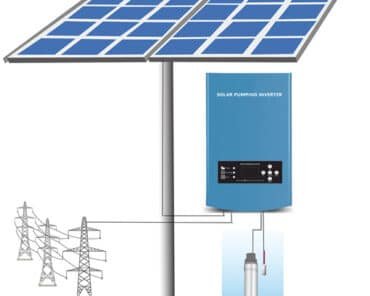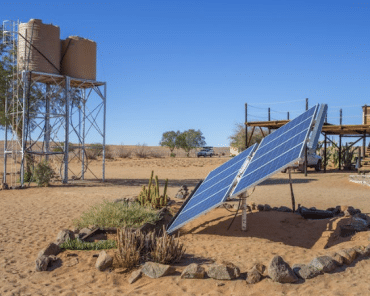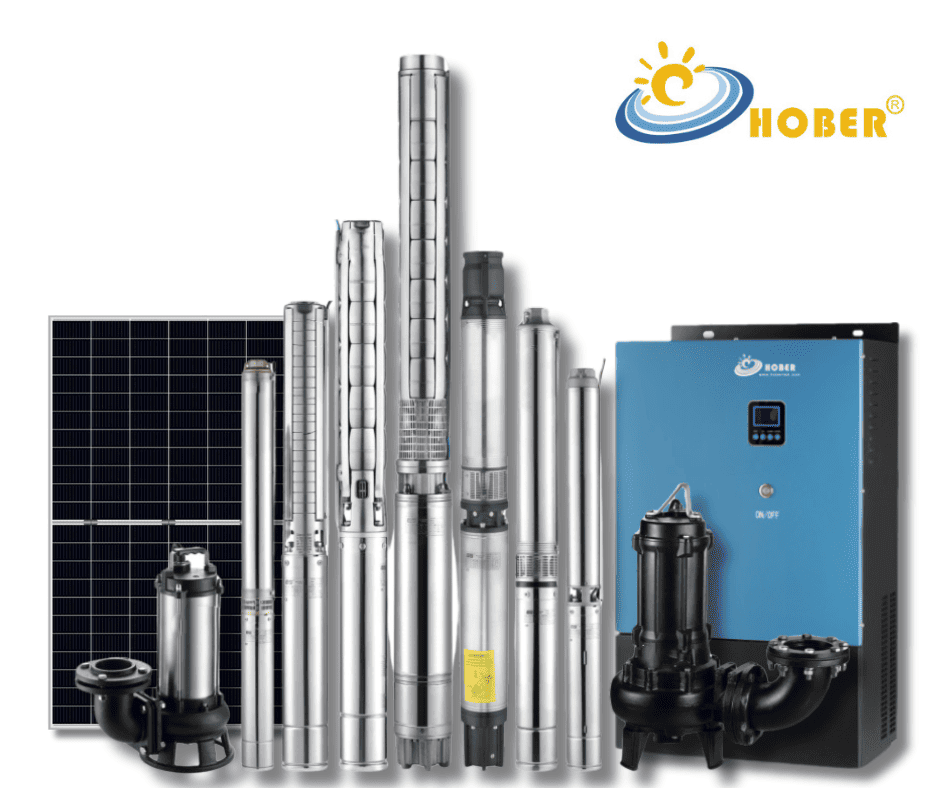When selecting solar water pumps for agricultural irrigation, choosing the wrong system can lead to low water output, equipment damage, and project failure. This article reveals five common mistakes and practical solutions, helping professionals choose the right solar pumping system for long-term, stable operation.
Common mistakes include ignoring actual flow demands, underestimating solar dependency, poor pipeline design, focusing only on pump price, and neglecting system compatibility. For projects involving river water extraction with heavy sediment, submersible sewage pumps are highly recommended to avoid blockage and equipment failure.
Let’s explore these pitfalls in detail with real-world cases to help you avoid costly errors.
Mistake 1: Focusing Only on Pump Power, Ignoring Actual Flow Requirements
Case Study:
A client in Southeast Asia purchased a 750W solar pump expecting to irrigate 30 acres of farmland. Unfortunately, the system delivered insufficient water because the actual head height and pipeline friction weren’t considered during selection.
The Truth:
Rated power (e.g., 750W or 1.5kW) doesn’t directly reflect water output. Actual flow depends on:
- Total head (vertical lift + pipeline friction)
- Pipeline design
- Solar energy input
High head height or long pipelines reduce flow rate, even if pump power seems sufficient.
Recommendation:
Always estimate maximum water demand based on:
- Irrigation area (e.g., hectares of farmland)
- Number of end-users (for residential supply)
- Daily usage frequency
Tools like online calculators or consulting technical engineers help determine appropriate flow rates.
Mistake 2: Assuming Solar Pumps Work Efficiently in All Weather Conditions
Case Study:
A mountain farm in Nepal selected a high-power pump expecting continuous daytime operation. However, frequent cloudy weather led to intermittent pumping and dry crops.
The Truth:
Solar water pumps rely entirely on sunlight. In cloudy conditions or early morning hours, photovoltaic panels generate lower power, reducing pump performance.
Recommendation:
Analyze local solar data:
- Average sunlight hours
- Peak irradiance
Combine with appropriate inverters to optimize limited solar energy, maintaining stable operation during fluctuating sunlight conditions.
Mistake 3: Ignoring Pipeline Design’s Impact on Pump Performance
Case Study:
A customer reported poor water output from a well, despite using a powerful solar pump. Inspection revealed improper suction pipe design caused cavitation and unstable water flow.
The Truth:
Pipelines greatly influence system efficiency. Incorrect suction design can lead to:
- Increased resistance
- Air intake and cavitation
- Seal or bearing damage
Even powerful pumps can underperform if pipeline friction is too high.
Recommendation:
Before installation:
- Design straight and appropriately sized suction lines
- Minimize elbows and sharp turns
- Prevent air leakage into suction pipes
These steps ensure optimal pump performance and extend service life.
Mistake 4: Believing Cheaper Pumps Offer Higher Cost-Effectiveness
Case Study:
An irrigation project used low-cost solar pumps from unknown brands. After six months, two pumps failed due to sand corrosion and impeller damage, increasing repair costs.
The Truth:
Cheap pumps often compromise:
- Material quality (poor stainless steel)
- Sealing and motor protection
- Tolerance to sand or chemical content in water
While initial investment is low, long-term repair and replacement costs can exceed premium models.
Recommendation:
Evaluate:
- Water quality (pH, sediment, chloride)
- Environment (temperature, exposure)
- Manufacturer’s reliability and after-sales service
Choosing durable, environment-suitable pumps ensures long-term stability.
Mistake 5: Ignoring Overall System Matching, Purchasing Pumps Separately
Case Study:
A distributor sold a three-phase AC solar pump without advising compatible inverters. The customer’s inverter couldn’t handle the startup current, reducing pumping efficiency.
The Truth:
A solar water pump system includes:
- PV panels
- Inverter (solar pump controller)
- Motor and pump unit
All components must match for efficient operation.
Recommendation:
Ensure:
- PV panel capacity matches pump demand
- Inverter sizing covers startup current
- Proper motor type (DC/AC) is selected
System-level design avoids mismatched components and energy waste.
Frequently Asked Questions (FAQs)
Can a solar water pump work properly on cloudy days?
Not efficiently. Reduced sunlight means less energy for the pump. Proper inverter matching and oversizing PV panels help mitigate this issue.
How to calculate required flow and head for pump selection?
Estimate based on:
- Irrigation area or daily water volume
- Total head (vertical lift + pipe friction)
Consult technical charts or manufacturers for exact model matching.
How does solar pump selection differ from traditional pumps?
Solar pumps depend on real-time solar input. Selection must factor in local sunlight data, inverter compatibility, and energy storage (if required), unlike grid-powered systems.
How to prevent low water output issues in solar pump systems?
Focus on:
- Accurate demand estimation
- Correct pipeline design
- System component matching
- Realistic solar dependency assessment
Recommended Solution for River Water Projects
For river water extraction, sediment and debris pose serious risks to standard pumps. We recommend using submersible sewage pumps, specifically designed to handle:
- High sediment content
- Large particle size
- Continuous heavy-duty operation
Combining solar power with submersible sewage pumps offers a practical, efficient solution for river water pumping needs.
Conclusion
Avoiding these five critical mistakes ensures your solar water pumping system performs reliably and cost-effectively. For projects dealing with murky or debris-laden river water, choosing a submersible sewage pump will save maintenance costs and guarantee steady water supply. Proper system design, not just pump selection, holds the key to success.



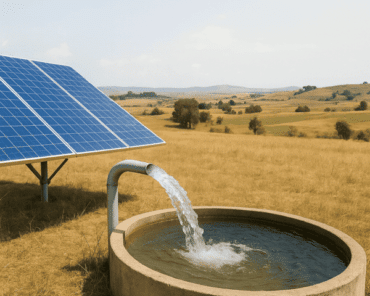
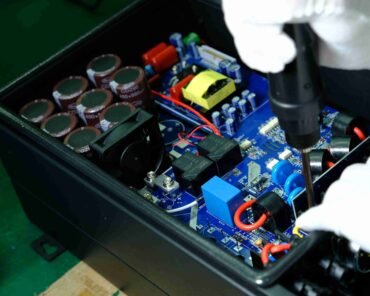
](https://hobertek.com/wp-content/uploads/2025/03/solar-pump-inverter-for-irrigation-efficient-water-pumping-solution-370x296.png)
